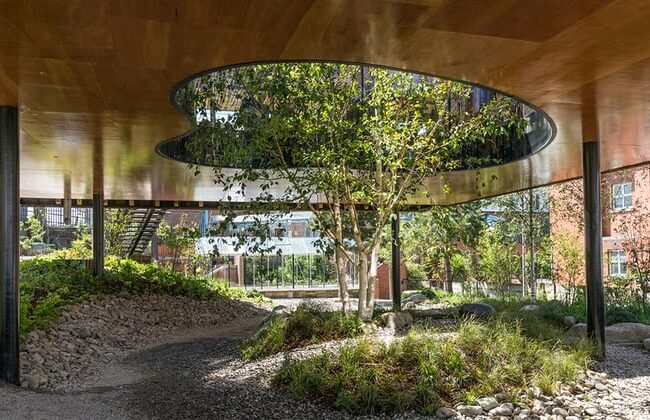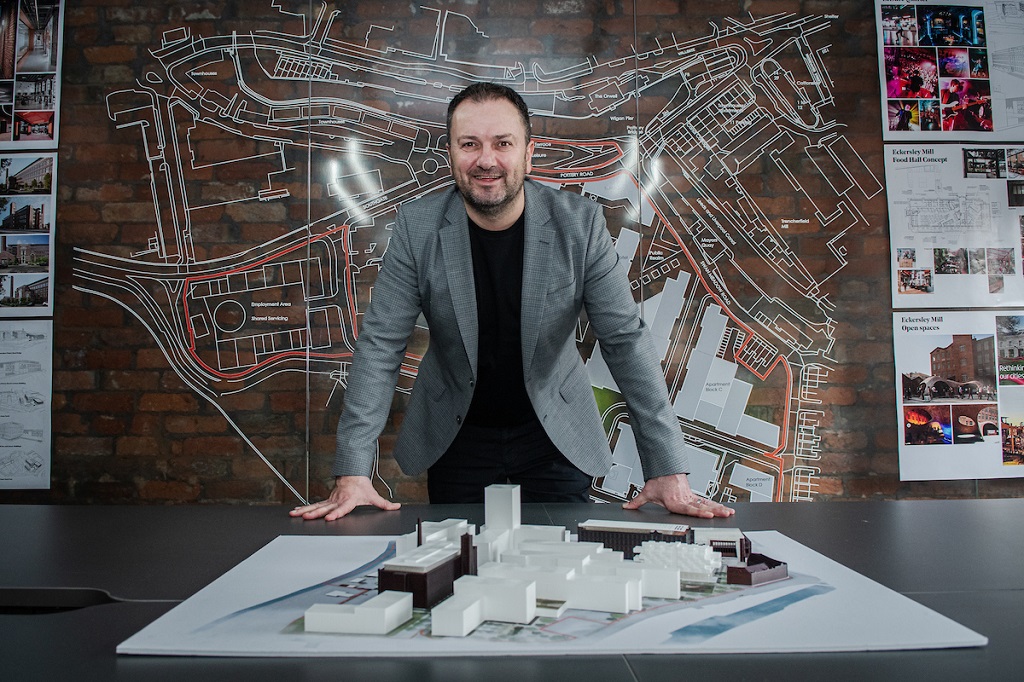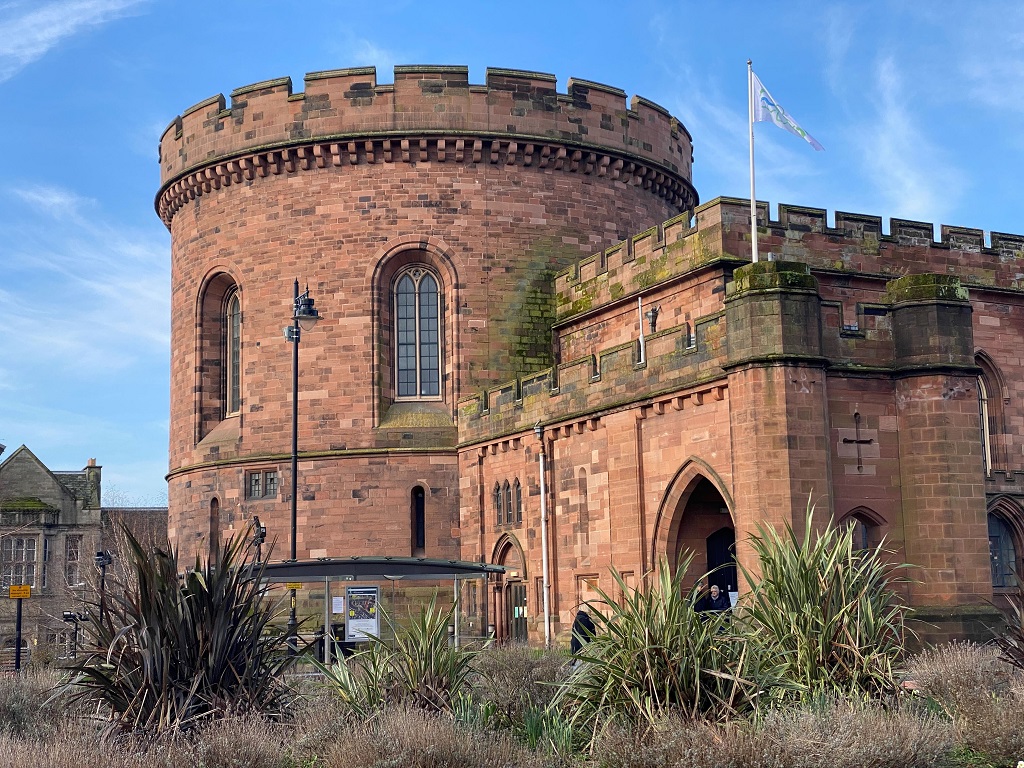Designing with nature: Why Biophilic Design?
Cacti. All of a sudden, they’re everywhere – interrupting breakfast on cafe tables, crowding out books in teenage bedrooms, poised in terrariums on office desks, writes Oliver Ronald of Space Zero.
Have we all gone succulent mad? Or have we just come to realise, as our population grows, how little space we have left for nature?
For designers, the biggest challenges of the 21st century will centre on how to save space for nature. The question of how to accommodate, feed and keep everyone healthy with rising temperatures is a big one. The UN estimates that by 2050, there will be 9.7 billion of us, with 70% living in cities – but will these megacities of the future support our health and wellbeing? Perhaps the most sustainable solutions can be found in the redesigning of the built environment to provide a connection with nature – a strategy known as biophilic design.
‘Biophilia’ was first coined by Harvard conservationist Edward O Wilson, who observed ‘the innately emotional affiliation of human beings to other living organisms’. Yet our desire to be close to nature for our health and wellbeing is not new. Engineers, architects and artists, from Leonardo da Vinci to Hogarth, have worked to harness the benefits of the natural world in their designs.
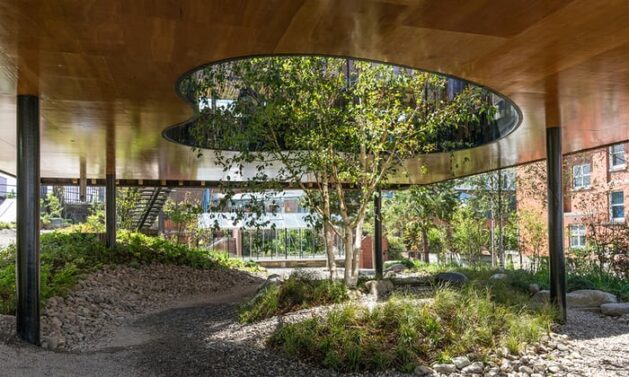
Maggie’s Cancer Centre at The Royal Oldham Hospital, Oldham
Designing a healthy future
Science agrees – study after study shows improved concentration from school children, more productive and healthy employees, and faster recoveries from patients when people play, work or recover in buildings that incorporate the natural world into their design.
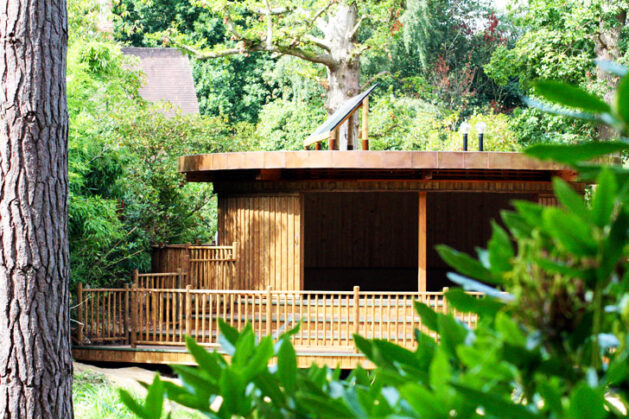
Benenden School in Kent Eco-classroom
Students at Benenden School in Kent enjoy an education in this incredible eco-classroom, which runs on electricity produced by solar panels and water collected by a sedum roof.
The award-winning Khoo Teck Puat Hospital in Singapore. The former CEO briefed designers to create a hospital that lowers blood pressure on entry. They achieved his vision by carefully creating a perfect ‘envelope of buildings’ that allowed light breezes, natural and a cascade of plants without glaring sun, rain or shadow.
Can your workplace make you well?
When you think of air pollution, do you think of car fumes and city smog? In 2015, world leaders set a target of substantially reducing the number of deaths and illnesses from air pollution by 2030. But this target isn’t just about smog – interior air pollution contributes to these tragic figures too. Designers of today have to be aware of the high numbers of pollutants inside, as well as out. Those of us working in industrialised countries must adapt our design specifications if we are to create healthy places in which to live, work and play.
Most interior designers are more concerned with the aesthetics of their designs, rather than protecting the health of their end users. Many are also ignorant of the significance of a building’s orientation, and might inadvertently work against the architects’ sustainable and biophilic visions – maximising natural light, for example, or providing views to the exterior.
In workplace design, some designers may never even visit the site, and consequently won’t have the knowledge of local conditions that may influence the interior and the exterior of the building. But when space planning, it’s essential that interior designers take precautions to limit potential discomfort and health problems for workers with a close examination of a building’s relationship with its surrounding environment.
Because truly successful biophilic design offers more than a mere lowering of a building’s carbon footprint.
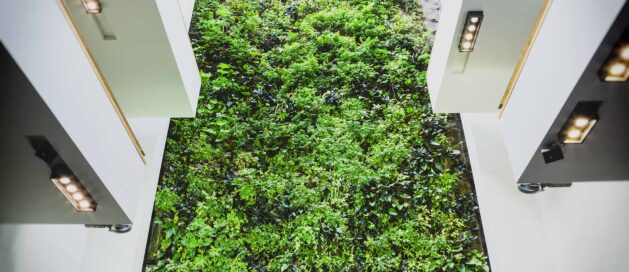
Plant wall at the University of Guelph-Humber, Toronto, Canada
Birgit Siber of Diamond Schmitt Architects describes her living wall installation at the Guelph Humber University in Toronto: “The real beauty is that it works on so many different levels, reducing the energy needed to treat outdoor air, providing fresh oxygen, creating acoustic absorption and white noise from the gravity water flow and a compelling visual aesthetic, not to mention a powerful symbol of green design.”
This article was originally published through Place Resources


